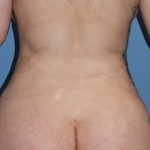OR Snapshots – Funnel Breast Implant Device Insertion
The placement of breast implants is an obvious key ingredient in breast augmentation surgery. While there different incisional locations that can be used, the breast implants must be passed through the incision into the developed tissue pocket regardless of where it is placed. For saline implants, which are inserted deflated and rolled, the location or Read More…


